Barber Osgerby: In the Making
The Barber Osgerby-curated In The Making show opens at the Design Museum this week, showcasing 25 objects at various stages in their production.

Source: photo by Lee Mawdsle
Making Barber Osgerby’s London 2012 Olympic Torch
The pieces, frozen mid-manufacture, have a poignancy about them in their unfinished state; some almost recognisable from their familiar end product, others totally removed from anything we can connect to.

Source: photo by Gyorgy Korossy
Coca Cola aluminium drinks can
Most of the pieces are very much everyday objects – we see the process behind tennis balls, forks, pencils, and a Coke can. A few are less likely to have been part of our lives: Barber Osgerby’s London 2012 Olympic torch, for instance.
Each object was selected for having what Jay Barber and Edward Osgerby term an ‘unexpected quality’ to them in the time before they become a finished object.
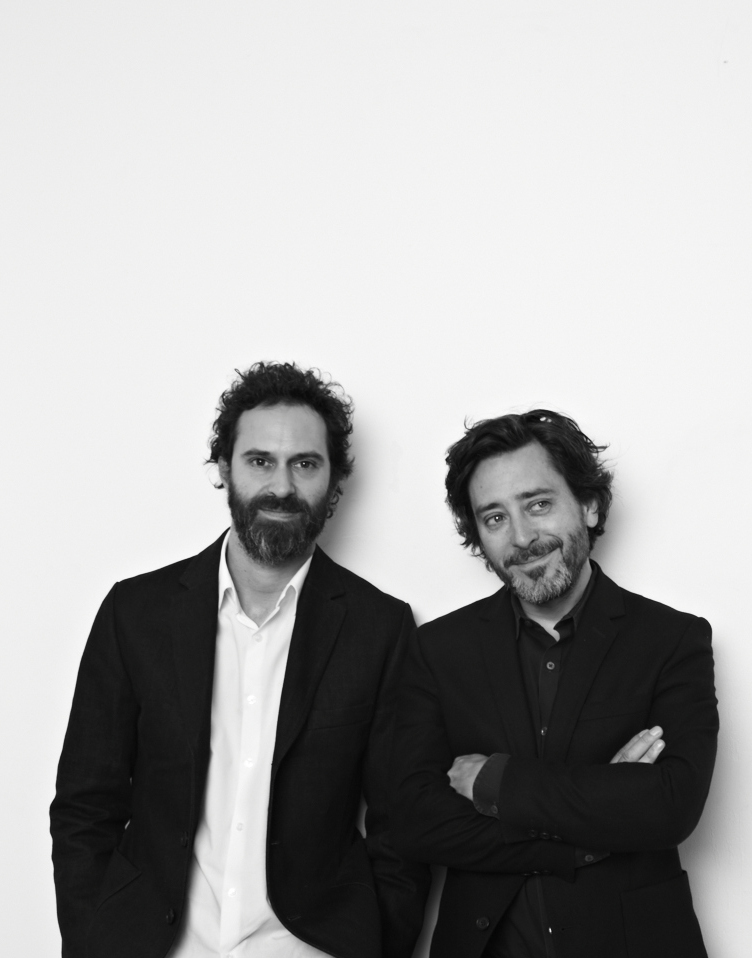
Source: photo by Alisa Connan
Edward Barber and Jay Osgerby
‘We have always been fascinated by the making process as it is an integral part of our work’, says the pair.
‘We have curated an exhibition that will provide a platform to capture and reveal a frozen moment in the manufacturing process and unveils an everyday object in its unfinished state. Often the object is as beautiful, if not more so, than the finished product!’
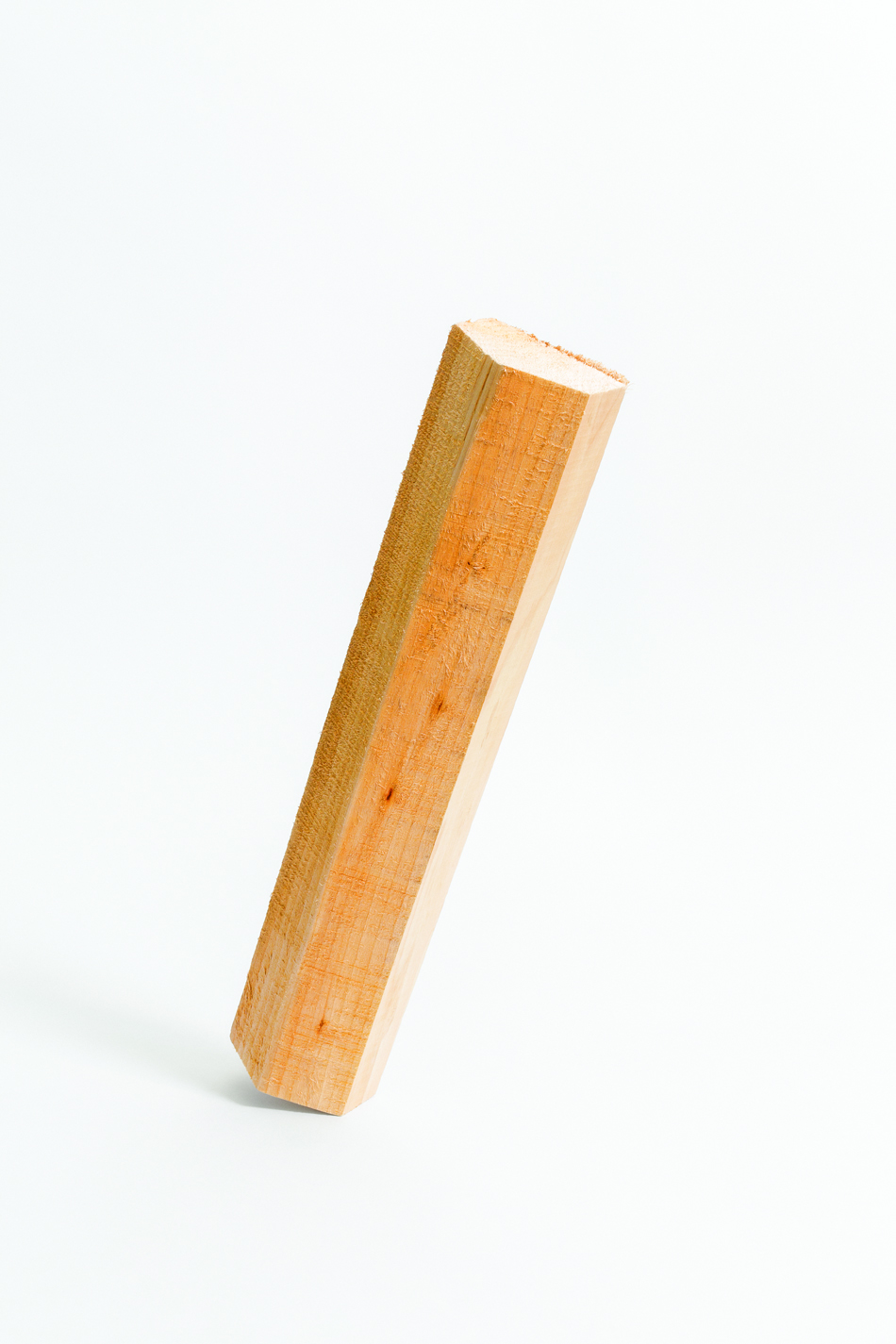
Source: photo by Gyorgy Korossy
Cricket bat, willow cleft
Thanks to exhibition design by Universal Design Studio, Barber Osgerby’s own architectural practice, the often industrial-looking objects are presented as precious, almost like jewellery or ancient artefacts – with a dark lighting and black plinths, offset by minimal graphic labelling, by consultancy Build.
Michael C Place, Build co-founder and creative director, says, ‘I think a lot of people are going to have an expectation of what it’s going to look like as quite industrial, but we wanted to present things with more of a museum feel.’
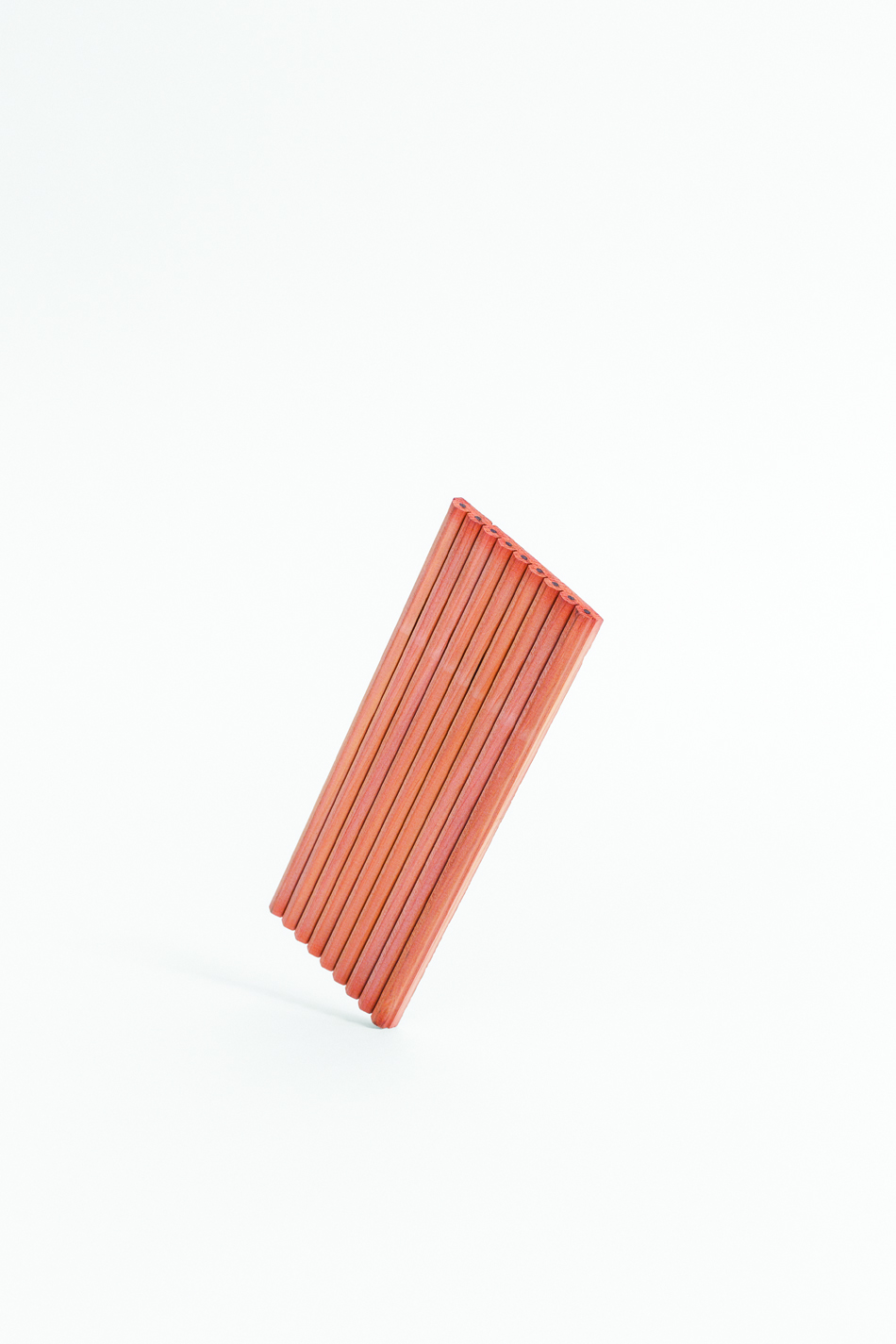
The simple, pared-back graphics keep accompanying text to a minimum, with Build choosing instead to save the explanations until the end of the show.
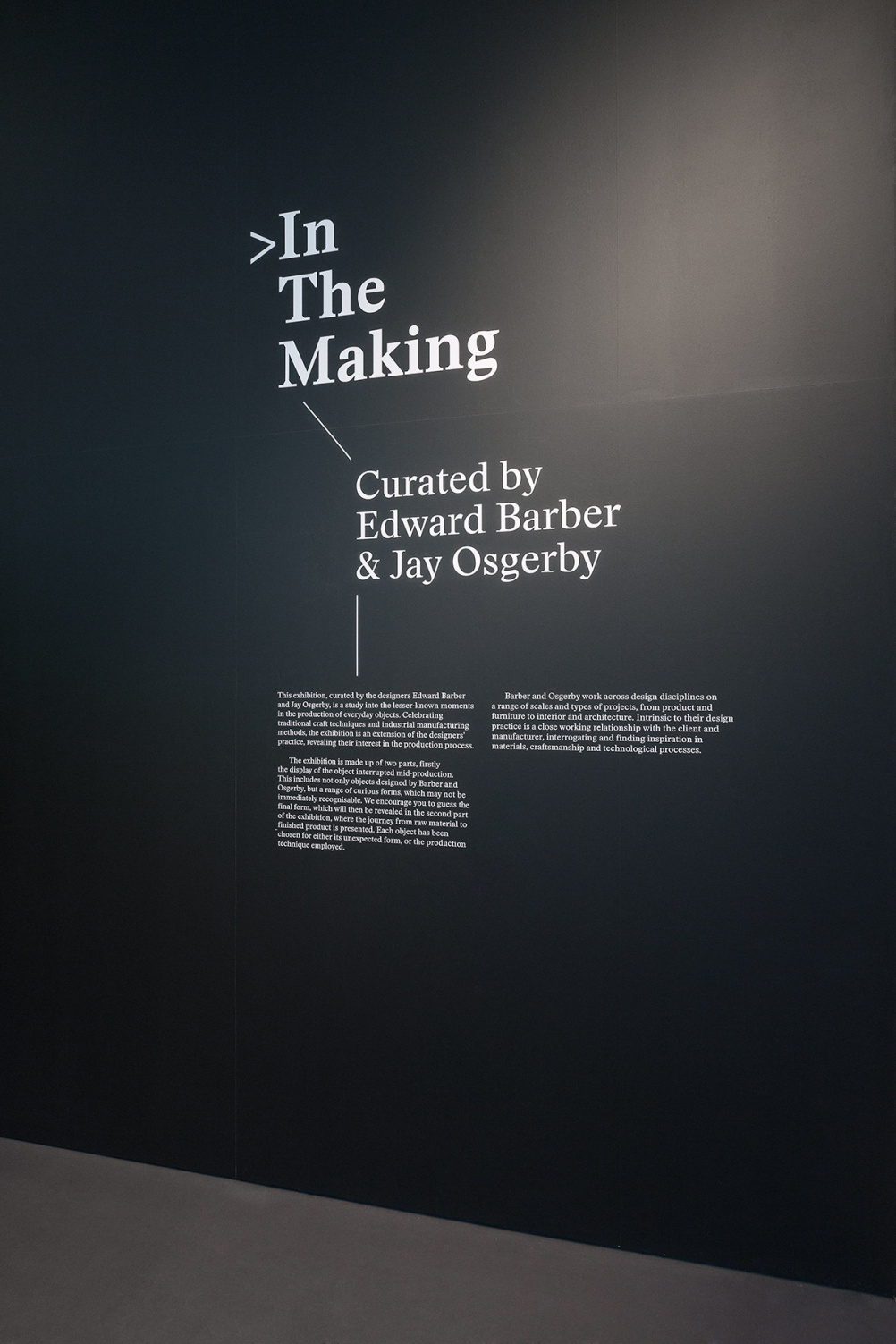
Here, the consultancy has created a number of fact sheets for each of the items.
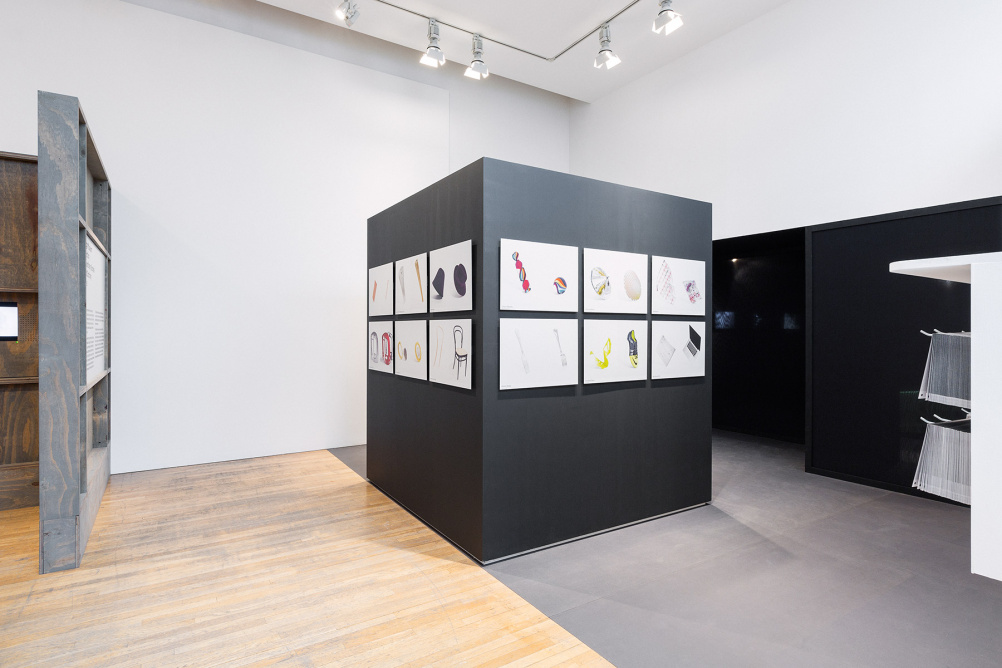
‘People visiting the exhibition need to get some sort of information about the process’, says Place. ‘Instead of having 25 individual inserts or handouts in the main space it’s just the objects, so in the “reveal room” at the end there are a number of sheets hand-folded on a peg board’.
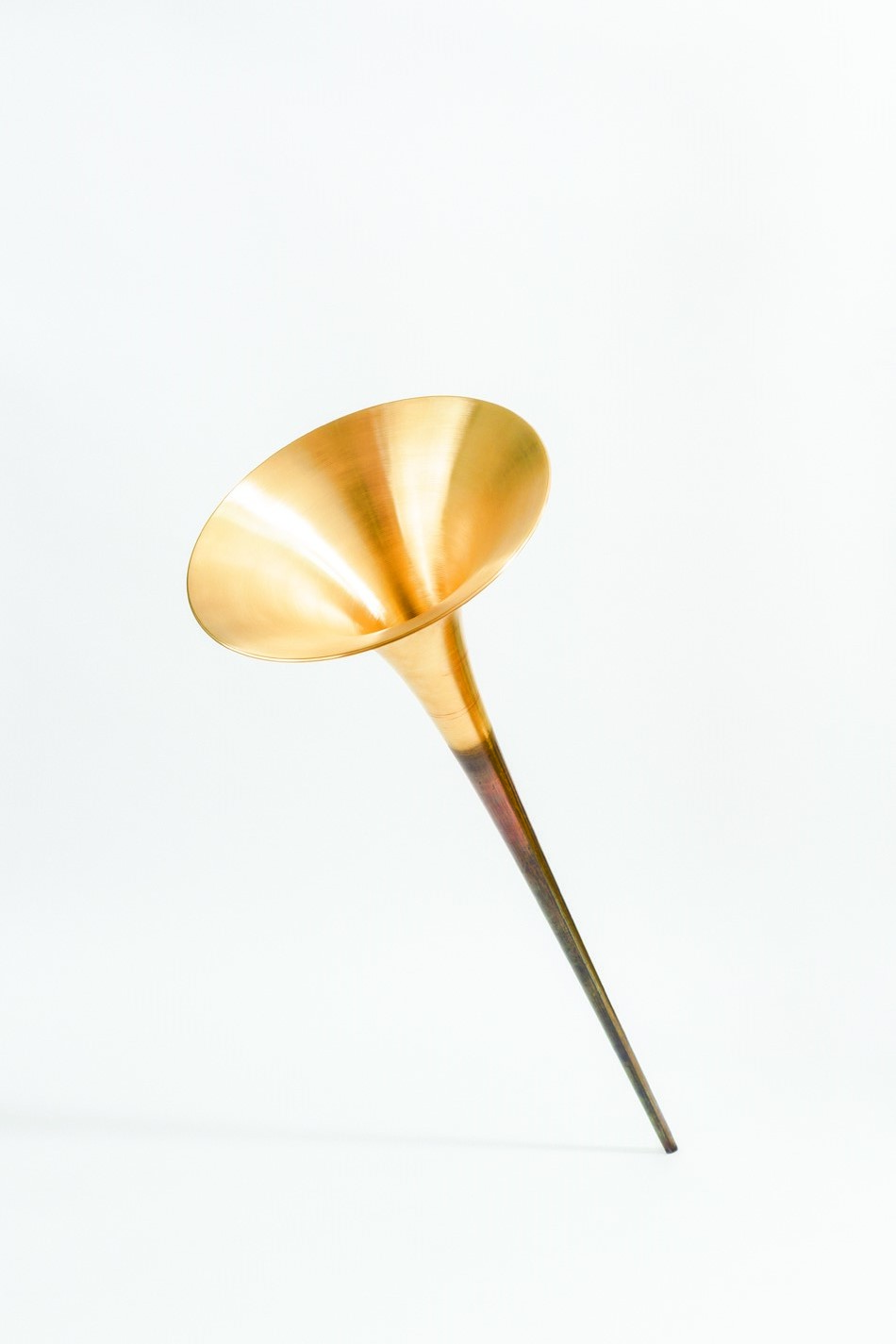
Source: photo by Gyorgy Korossy
French horn
The fact sheets reflect the idea of process the show hinges on, with crop marks and colour plan colours strategically on show. These can then be assembled as users wish, including the pieces they’re interested in and omitting those they aren’t.
Build commissioned photographer György Kőrössy to create the still-life images of the pieces, displayed in the final room of the exhibition to show them in their final, realised forms.
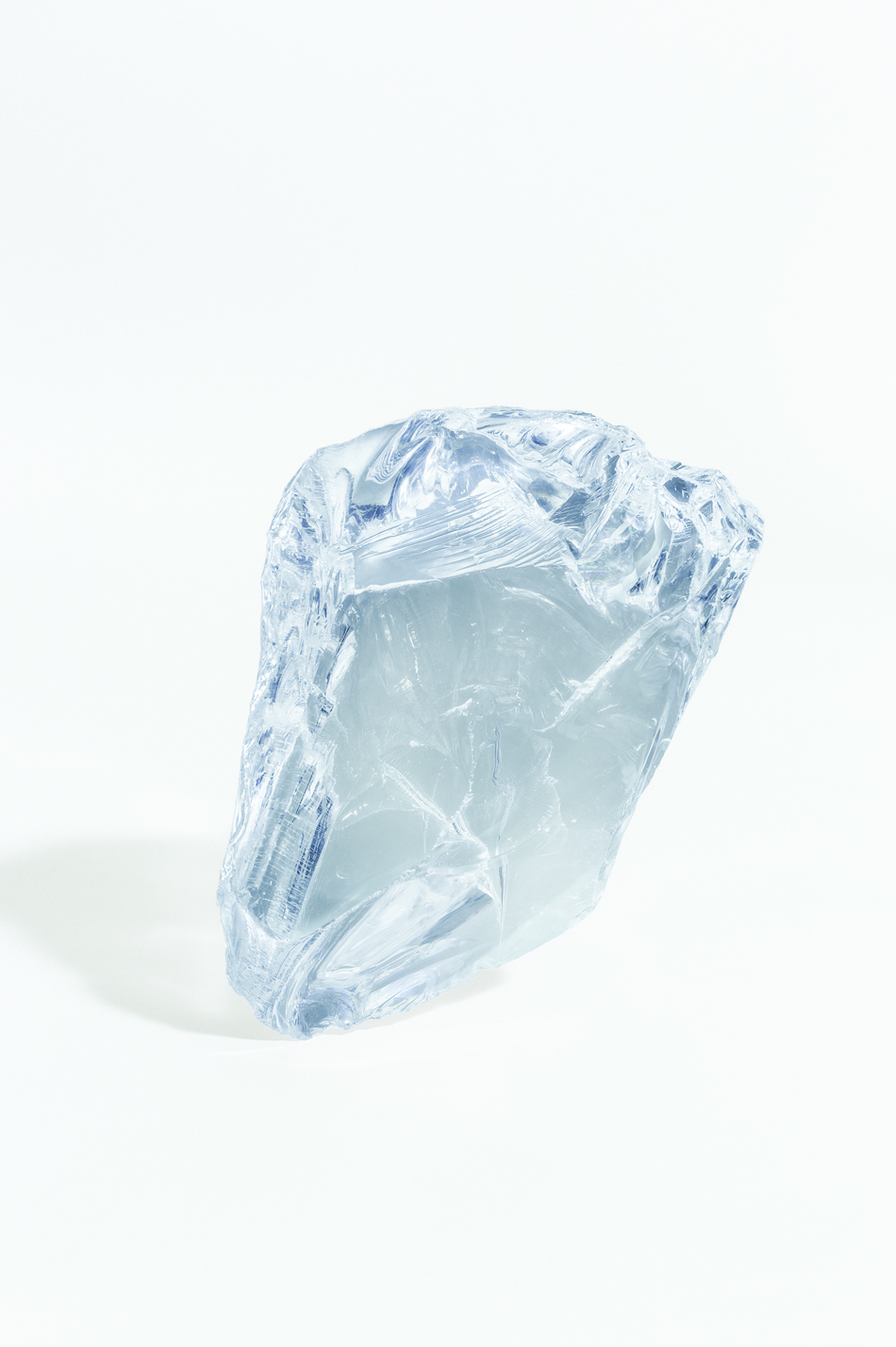
Source: photo by Gyorgy Korossy
optic lens
Back in the exhbiton itself, the works aborted before they reach their destiny, take on a very sculptural quality, transformed in the context of the show from nascent pieces into beautiful, strange artefacts in their own right.
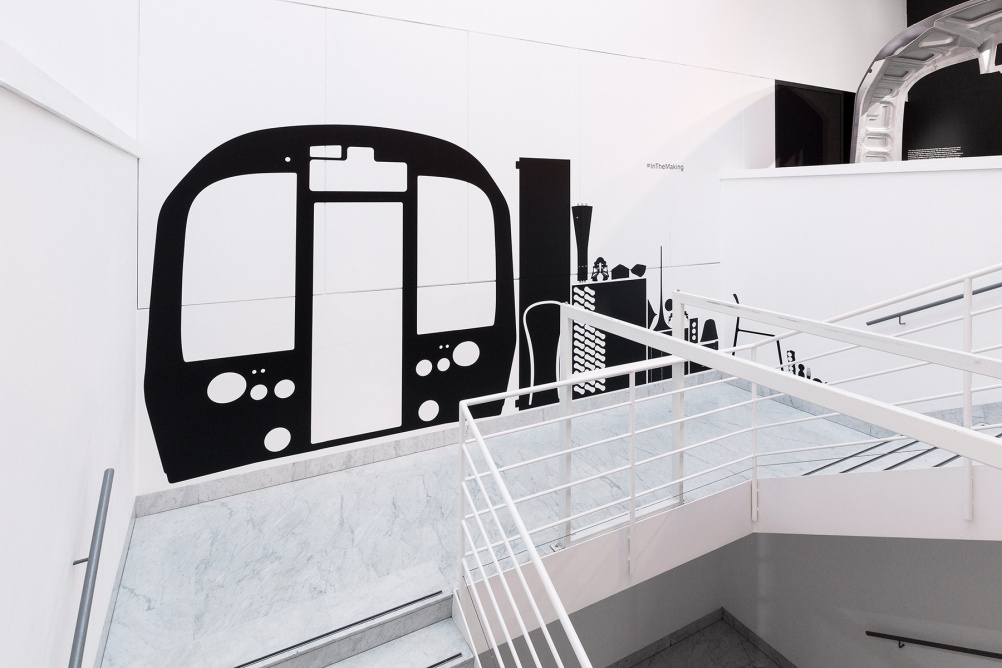
In showing them like this, Barber Osgerby’s palpable affection for process and the tangible, tactile steps behind the curtains of the design studio or factory is infectious, giving the viewer a little taste of what it is to create a Coke can, a cricket bat or even a piece as iconic as the duo’s own Olympic torch.
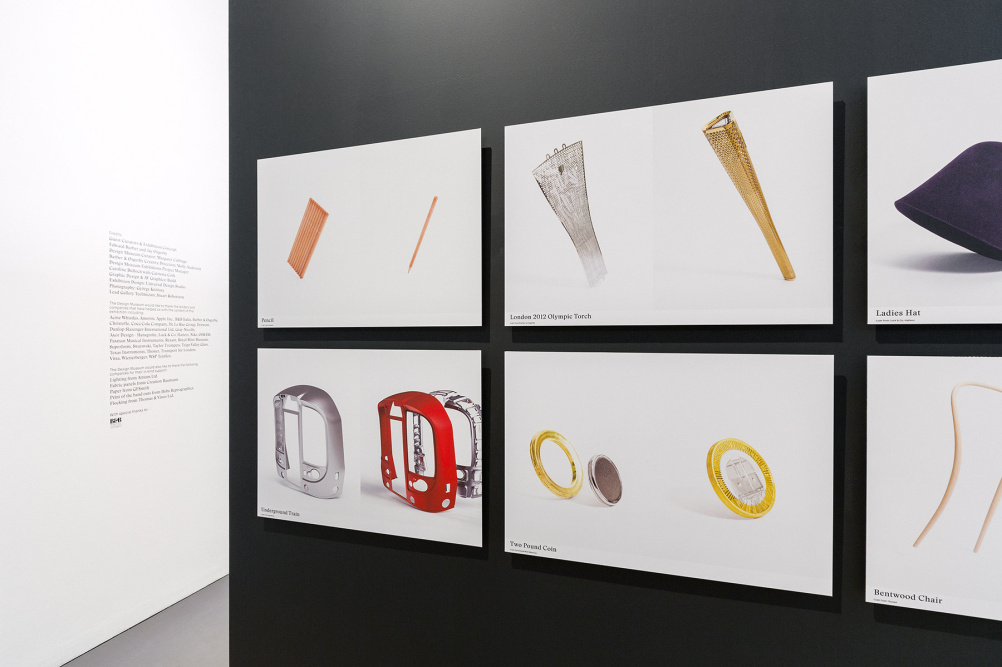
Barber Osgerby: In the Making, is at the Design Musuem, Shad Thames, from 22 January-4 May 2014.
-
Post a comment




